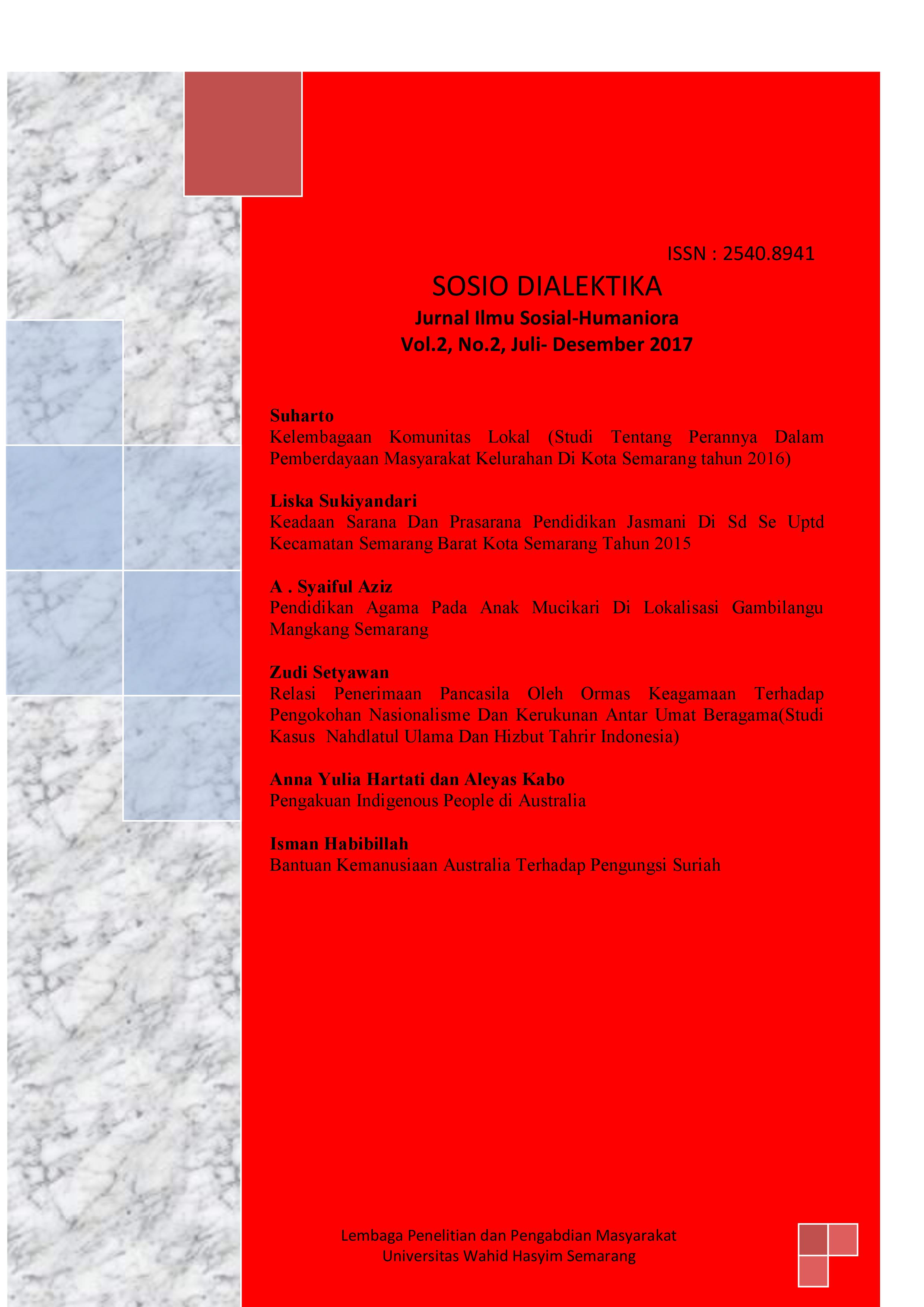Main Article Content
Abstract
The history of conflict among religious believers in Indonesia has existed since theexistence of religion itself. This conflict does not only happen between differentreligions, but also between people in the same religion. Indonesia is a multi-religiouscountry. All the major religions of the world grow and flourish in Indonesia. Not tomention the existence of local religions scattered in various regions. Such conditionslead to high levels of possible inter-religious conflicts in the country. This conflict isquite difficult to stop if there is no concept that can mediate. Pancasila as the basicideology and philosophy of the Indonesian state is considered as an ideal mediatorconcept for the people of Indonesia. Pancasila is not only able tomediate thedifferences that exist because of the diversity of religions, but also the diversity interms of race, ethnicity, language and culture. This research uses a qualitativeapproach and literature study method that aims to find out the paradigm ofthoughtand practice of religious organizations that accept and reject Pancasila againstefforts to strengthen nationalism and harmony of religious communities in Indonesiawith Nahdlatul Ulama (NU) and Hizbut Tahrir Indonesia (HTI) . The results of thisstudy indicate that NU is a religious organization that accepts Pancasila as theideology and basic state of Indonesia. NU also proved to have made efforts in theframework of strengthening nationalism and religious harmony in Indonesia.Meanwhile, HTI isa religious organization that does not want to include the principleof Pancasila in its organization. Therefore, HTI also did not make efforts in theframework of strengthening nationalism because its ideology is contrary to theconcept of nationalism ofthe Unitary State of the Republic of Indonesia. HTI is alsoseen as lacking in building interfaith harmony in Indonesia.Key Words: Pancasila, Nationalism, Harmony of Religious, NU, HTIÂ
